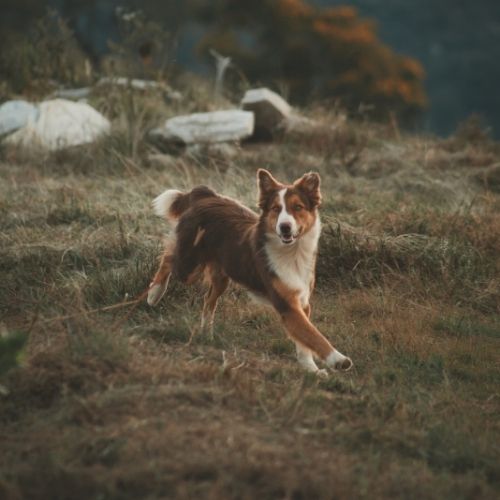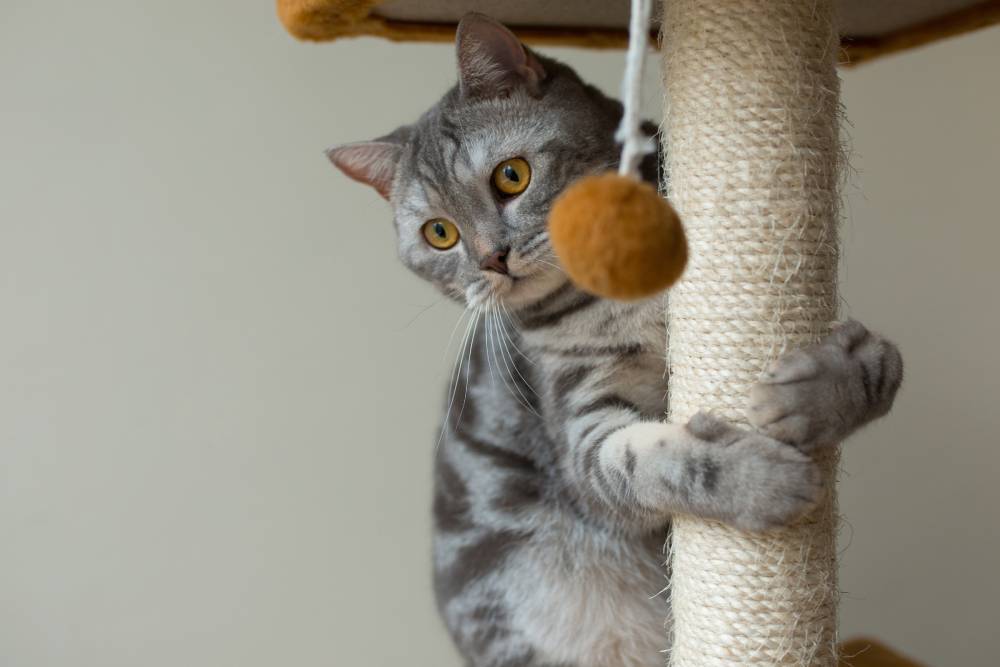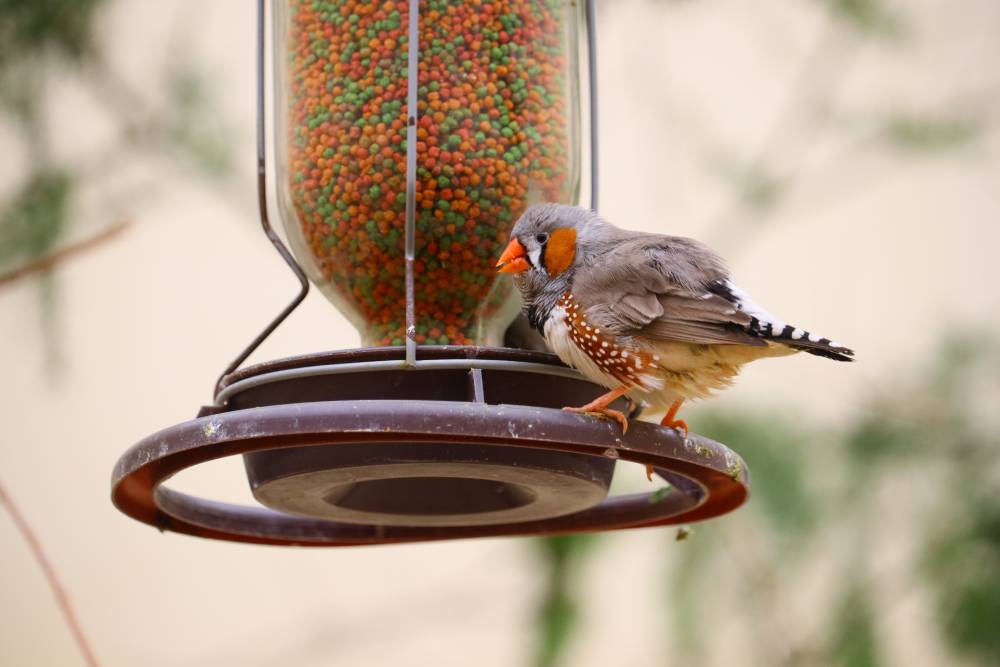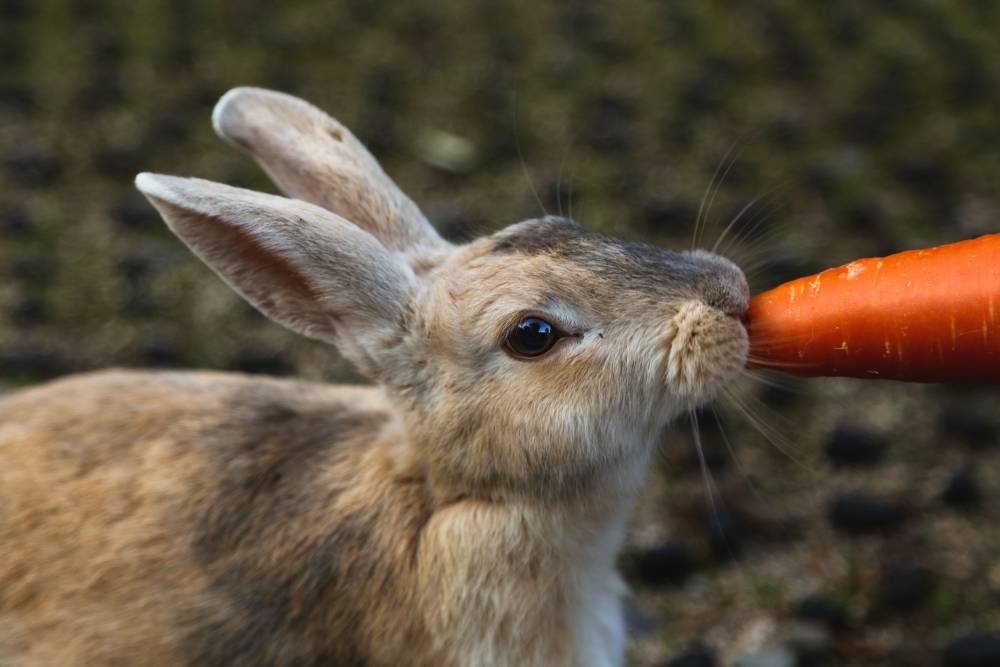So you’re planning your summer staycation and you’ve decided to take the dog along too. If you’re imagining a picturesque scene that involves long strolls in the countryside with your dog trotting alongside you, you’re going to need to put a lot of effort into his off-leash training. Although it can be quite time consuming, off-leash dog training is the only way to ensure your dog’s safety and the safety of those around him, particularly in unfamiliar environments where he could easily be lost or distracted. At Groomers, we want you to have the best time away with your four-legged friend, which is why we’ve pulled together this guide on how to train your dog both on and off their lead, so whilst you’re exploring the great outdoors safely, they can too!
Why should I train my dog off-leash?

There are so many reasons why training your dog off-leash can be really beneficial for their health and wellbeing. From an exercise point of view, your dog will have more freedom to roam and burn off excess energy in a more fun and less restrictive way. He will gain confidence from his own decision making and learn from his interactions with other dogs and the environment around him, and he’ll cover more ground by constantly checking in with you, before running off to explore again. Whilst there are many benefits to off-leash roaming, it’s equally important that you trust your dog well enough to know that he will come back to you, so before any off-leash training can begin, it’s always advisable to spend time working on your dog’s on-leash training and recall too.
How to train a puppy to walk on a leash

Before training your puppy or dog how to walk calmly and correctly on their leash, it’s important to understand why they pull in the first place. Generally, pulling is a learned behaviour that can easily be corrected with a little bit of time, patience and praise. Your puppy or dog has learned that by pulling, they can get to their destination even faster, and by allowing them to do so, you are then part of their game! To correct this behaviour, it’s advisable to start by training your dog in a space with little or no distractions, so you are their number one focus. Make the sessions short, fun and rewarding and be consistent with your training for the best results.
Here are our top tips for getting your dog to walk calmly on their leash;-
- Step One: Using a training leash clipped to your dog’s harness or collar, start by holding the leash in your left hand, with treats in your right (use a high-value treat that your dog loves to keep him interested and fully focused). Using the treats, lure your dog around to your right-hand side (they should end up standing, facing the same way as you). Your leash should be held loosely with your left hand and crossing over your body (or the other way around if you prefer with the dog on the left and the leash to the right). Use this position as your starting position and treat them for their good behaviour. Once they’ve eaten their treat, if they start to move away, use a second treat to lure them back to the starting position before rewarding them again reinforcing their good behaviour.
- Step Two: In his starting position, let your dog sniff the treats in your right hand. Lift your hand up towards your shoulder then using a clear command such as “heel”, “close” or “with me”, take a step forward and reward your dog for coming with you. Always use the same command so as not to confuse your dog.
- Step Three: Repeat step two again but this time add in a second step forward and then reward your dog, using the same command. If your dog starts to roam or pull away, simply stand still and use his treats to lure him back into his starting position. Resist the temptation to pull on the lead to move your dog, it’s important to let them make the decision for themselves with the help of some tasty treats!
- Step Four: Keep practising the first three steps, adding more distance each time. Always aim for success and praise, by stopping to treat your dog whilst he’s walking by your side. Once your dog has mastered this technique indoors, practice the same steps outside, slowly introducing more and more distractions. As long as you’re consistent with your training, your dog will be walking calmly and to heel in no time! Remember, a calm dog is a happy dog, so if he gets excited and starts to pull again, simply stand still and once he’s calm, lure him back into his starting position. If he doesn’t respond to the training, practise again in a place with little distractions to build his confidence and knowledge in your techniques. Patience, praise and fun, short sessions are the keys to your success!
Recall and how to train a dog to stay

Now your dog has mastered his on-lead etiquette, it’s really important to teach some other basic obedience commands before you can even consider beginning his off-leash training. A good, strong, reliable recall is the key to your off-leash training success and will enable you to keep your dog and others around him safe from any potential dangers. Again, use a long training lead for this and start by working in an area with little distractions. Stay and recall are great commands that will form the basis of your off-leash training. They can be taught side-by-side too, but make sure you make your commands and actions clear, so as not to confuse your dog. Here are some quick tips for perfecting your stay and recall training:
- Be prepared! Use a training leash and bring super-interesting, high-value treats to keep your dog focused on you at all times. With recall, you need to be more interesting than everything else around your dog.
- Always praise and reward your dog for coming back to you, even if it takes a long time! If you scold him or get cross, you could undo all of your hard work. Would you want to run to a happy person or an angry one? I’m sure both you and your dog would choose the happy, fun person every time.
- Reward your dog even if they come to you to ‘check-in’ with you when you haven’t called them. It’s important to acknowledge this excellent behaviour.
- Train and practice building up distractions gradually as this will help your dog to improve his focus on you.






